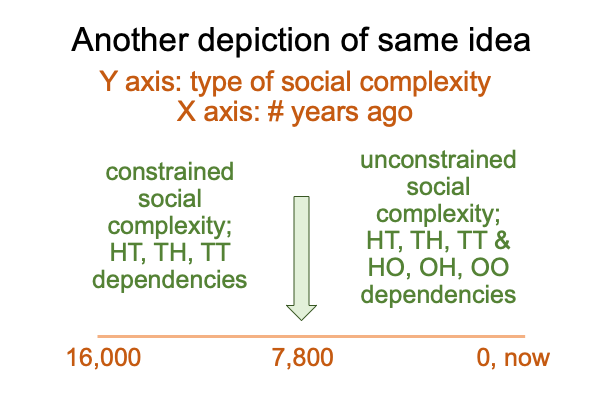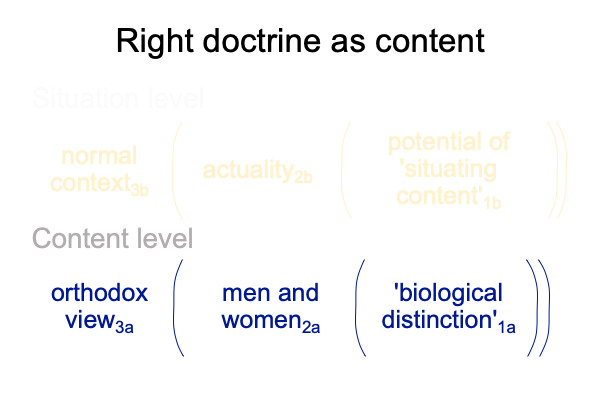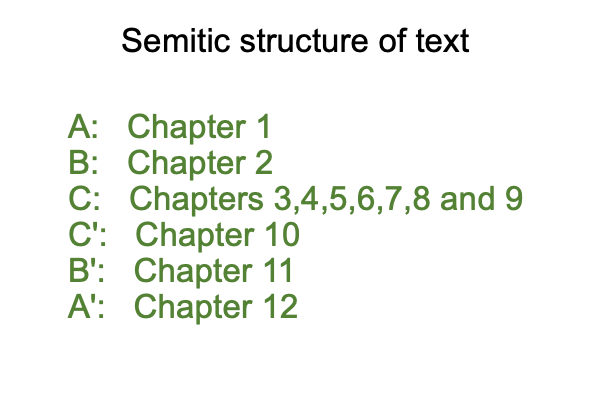Looking at Glenn Diesen’s Book (2019) “The Decay … And Resurgence…” (Part 21 of 21)
0180 Postmodernists recoil from grand narratives.
Yet, they embrace parlor games.
Perhaps, for their amusement, they may consider contemporary figures as stand-ins for the theodrama of the second civilisational cycle just imagined.
Or, they may ridicule the concept of a Plutonic year or the relevance of Jupiter-Saturn conjunctions as a clock on the Celestial Earth.
In their distraction, they ignore the grand narratives that Diesen’s time-honoring Greimas square potentiate.
Isn’t imagination what we need?
0181 In several points in this book, Diesen says that the Russian… well… even more broadly… the Eurasian resurgence needs an ideological vision that organizes gesellschaft. The same statement-of-need is found other books on contemporary international politics.
In Comments on Daniel Estulin’s Book (2021) “2045 Global Projects At War” (available at smashwords and other e-book venues), the commentary concludes with a sequence of interscopes that prepare a vision for the Chinese Datun, the conclusion of and the start of an opening of the Celestial Heavens (occurring in the years 2044 and 2045, respectively). This 2250 year cycle ties back to the passage of the first singularity through eastern Eurasia (now China), sometime after 1000 U0′.
The passage of the first singularity into northern Eurasia (now Russia) occurs around the same time, seeding the Kurgan culture, who tames horses and runs on wagons. Later, these migrating chiefdoms flood into western Europe and northern India in an exercise in elite dominance. The event is called “the Indo-European language expansion”.
The passage of the first singularity into western Eurasia winds through the Aegean, giving rise to late copper and bronze age civilizations. Do monuments such as Stonehenge signify the last efflorescence of hand-speech talking cultures or the adoption of speech-alone talk?
The passage of the first singularity into the Indian subcontinent initiates the settlement of the Indus floodplain, giving rise to the Harappan civilization.
The passage of the first singularity through Persia, directly east of Mesopotamia, occurs much earlier, seeding the Susa culture, which rises and then is overwhelmed by the neighboring Uruk culture. Doesn’t that sound like an original imprint for Iran, located at the crossroads of Eurasia?
0182 What am I saying?
I am interested in civilization. The persistent question that arises in Razie Mah’s masterwork, An Archaeology of the Fall,is, “What potentiates civilisation?”
0183 The answer is the hypothesis of the first singularity.
This hypothesis calls for creative, interdisciplinary and altogether fantastic anthropological and archaeological inquiry into the potentiation of civilization throughout Eurasia (as well as the Americas).
What a research project!
Eurasia is home to the first civilisations, as well as early language expansions, such as the Indo-European and the Austronesian.
Eurasia is currently home to many distinct civilisations which, like Russia, are about to enter a new spring of sovereignty, as the summer of geoeconomics ends with the demise of the world’s reserve currency, shorter (and perhaps more expensive, but definitely more reliable) supply chains and respect for borders.
0184 Glenn Diesen is on target, in calling for a novel ideology, supporting neopragmatist approaches.
A research project based on the hypothesis of the first singularity responds to that call.
Likewise, Alexander Dugin is on target by envisioning a fourth political theory that is not a theory at all, but a pragmatic and tradition-cultivating being there. Dasein!
To me, nothing conveys Dasein, better than the realization that our current Lebenswelt is not the same as the Lebenswelt that we evolved in.
Both Diesen and Dugin, in their own ways, call for a new imagination, one that addresses the gesellschafts of all Eurasian civilizations with a series of questions, asking, “Where does the world come from? Where do humans come from? What went wrong? What is the solution?”
0185 Today, the natural and social sciences of the West are accepted by all the Eurasian civilisations, not as absolute truths, but as methods of inquiry. They set the stage for the mind-boggling hypothesis of the first singularity. But, because of their materialist and instrumental inclinations, they never proposed the obvious. The human niche is not a material or instrumental condition.
The first tool of the intellect for our species, Homo sapiens, is hand-speech talk.
The second tool of the intellect for our species is speech-alone talk.
Ten thousand years ago, all Paleolithic, Epipaleolithic, Mesolithic and Neolithic cultures practice hand-speech talk.
Today, all civilizations practice speech-alone talk.
The transition from the Lebenswelt that we evolved in to our current Lebenswelt is called the first singularity.
The first singularity begins with the Ubaid of southern Mesopotamia and spreads on the wings of mimicry.
0185 Keep that research project in mind.
Razie Mah offers, in his blog on the date of Oct 1, 2022, “A Fantasia in G minor: A Speech Written for Gunnar Beck, MEP”. The “G” stands for Germany. The “minor” stands for its location in the grand expanse of Eurasia. The speech is intended to be read in the European Parliament, currently an expression of BG(il)Lism and vassal of… chuckle… American Judeo-Pagans. But, in this speech, the Parliament is the stage for the declaration of something more important than the identity of the hidden operators behind the destruction of gas pipelines running beneath the Baltic Sea. Gunnar Beck needs only to stand up and give a 15 minute speech that calls for an act of imagination.
0186 My thanks to Glenn Diesen for his interesting and provocative book. I pray for his continued work in these challenging fields of inquiry.





